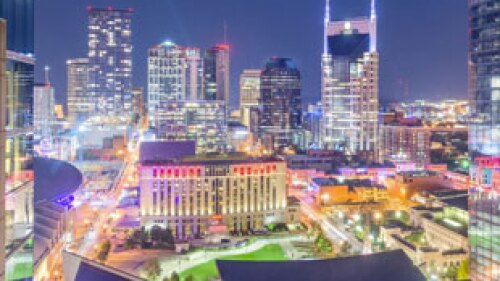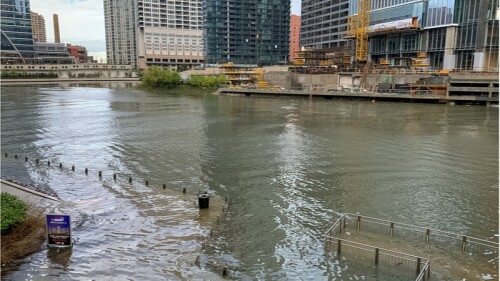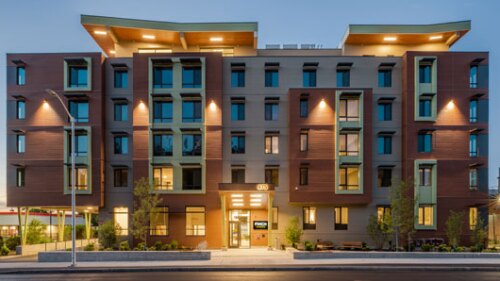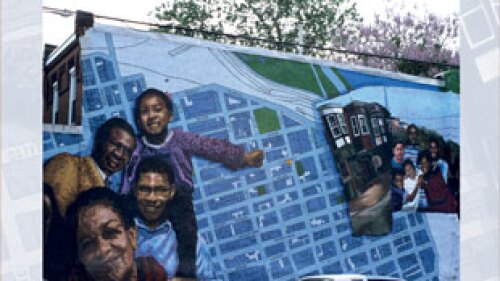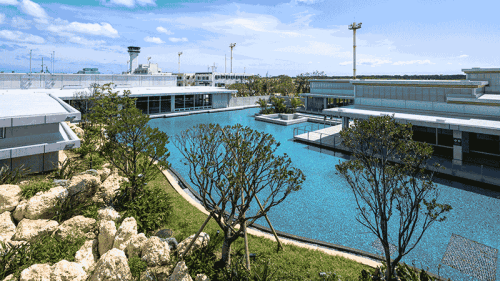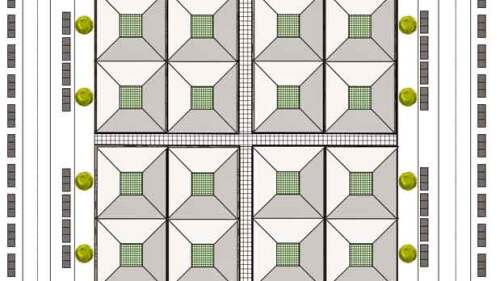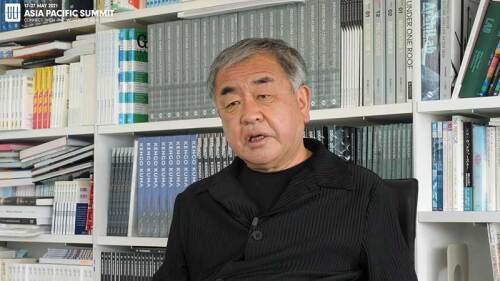Innovation Districts & Corridors
Despite potential storm clouds ahead, survey results from the Emerging Trends in Real Estate ® United States and Canada 2022report show strong optimism.
As climate change causes more intense rainfall, it threatens to overwhelm many city sewer systems. In response, cities are turning to infrastructure that absorbs stormwater runoff at its source.
A growing number of resilient buildings can serve as models for how to embed resilience in building design and economics, ensuring that both inhabitants and financial performance are protected in the long run.
With features such as mezzanine offices above warehouse spaces and shared-amenity areas in which people can exercise and socialize, developers are transforming the once-staid genre of industrial buildings by incorporating features comparable to those typically found in office and mixed-use projects, according to a recent ULI panel discussion. Panelists also described design changes made to facilitate the increasingly rapid movement of e-commerce goods and rooftop solar installations that can supply most of a building’s energy needs.
In Furthering Fair Housing: Prospects for Racial Justice in America’s Neighborhoods(2021, Temple University Press), influential housing thought leaders delve into the history of the fair housing and community development movements that have worked to improve housing opportunity for nonwhite households and provide perspectives on potential pathways forward.
Redeveloping an underused tropical airport with biophilic and sustainable design features.
“Atrium quads” can provide private, secure, spacious, flexible, single-family urban living at densities comparable to those provided by garden apartments.
Adapting to and mitigating the impacts of climate change have remained top priorities in Southeast Florida, even as the COVID-19 pandemic has tested other aspects of community resilience, said public-sector leaders participating in a recent ULI webinar hosted by ULI Southeast Florida/Caribbean.
ULI has launched a first-of-its-kind central resource cataloging innovative parking policy reforms intended to promote more efficient use of land and creation of healthier neighborhoods.
Humanity has reached the limits of centralization and scale, and needs a return to light, space, and nature for fulfillment, says Japanese architect Kengo Kuma.

